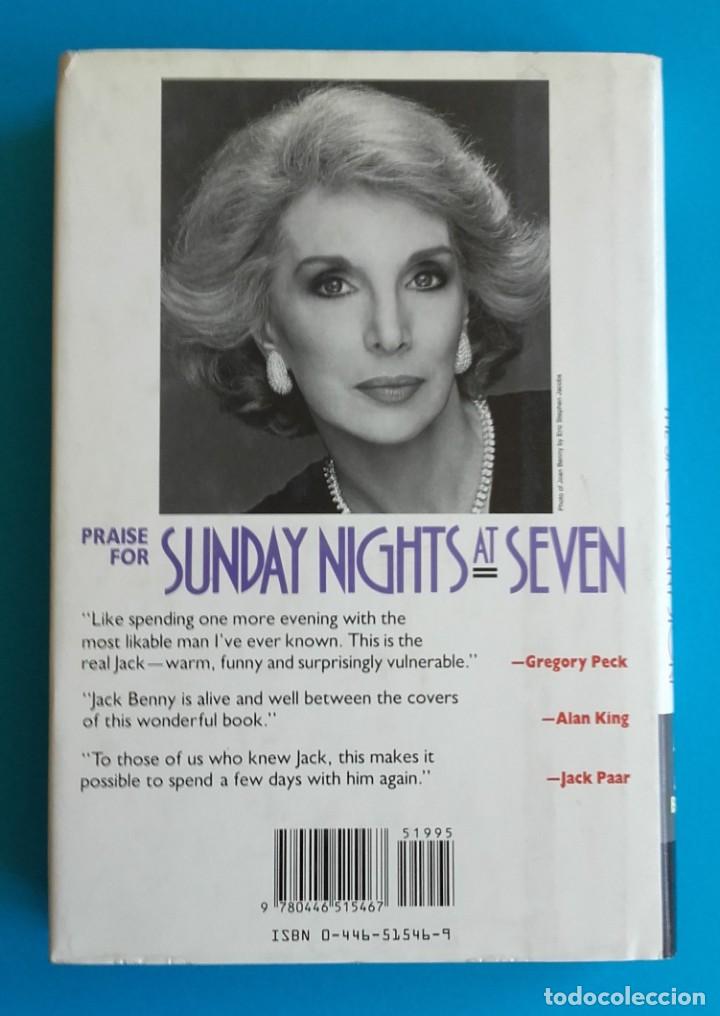
Eddie Anderson portrayed Benny's personal valet, Rochester, and was hailed as radio's first black star.Although there were stereotypical elements to Rochester's characterization, a genuine bond grew between Benny and his employee that transcended race. His wife, Sadie Marks, appeared as a sometimes girl friend, Mary Livingstone, and assumed the character's name as her own. In 1935 he moved operations to Hollywood, and Jell-O became a trusted sponsor.īenny found his character worked better as part of a group and helped to pioneer "gang" comedy.

Two years later, he was one of the medium's most popular entertainers. Achieving moderate success on the New York stage, Benny first appeared on radio in 1929 and began a NBC radio series in 1932. Still a teenager, he discovered the public responded to his jokes and wrong notes. The comedian was born Benjamin Kubelsky in Waukegan, Illinois on February 14, 1894, and began performing in vaudeville as a violinist. Although the character had no identifiable ethnic or religious heritage, Americans had a deep affection for this insecure, sometimes petulant, creation. Endless jokes were woven around these shortcomings, with Benny always the object of ridicule. The Benny alter ego was penny-pinching, vain, anxious, and never willing to admit his true age (he was always 39 years old). Benny realized early on that "if you want the laughs you have to put something in a ridiculous light, even yourself." Benny was not a gifted clown or a sparkling wit, so he and his writers crafted a well-rounded persona with the weaknesses and imperfections of his audience. The character that Benny created exemplified the foibles of the American Everyman. Few performers have lasted so long without any significant drop in popularity.

Persona that Benny created on the vaudeville circuit, sustained on radio, and successfully transferred to television.

For over 50 years the nation identified with the Jack Benny is one of America's most venerated entertainers of the twentieth century.


 0 kommentar(er)
0 kommentar(er)
